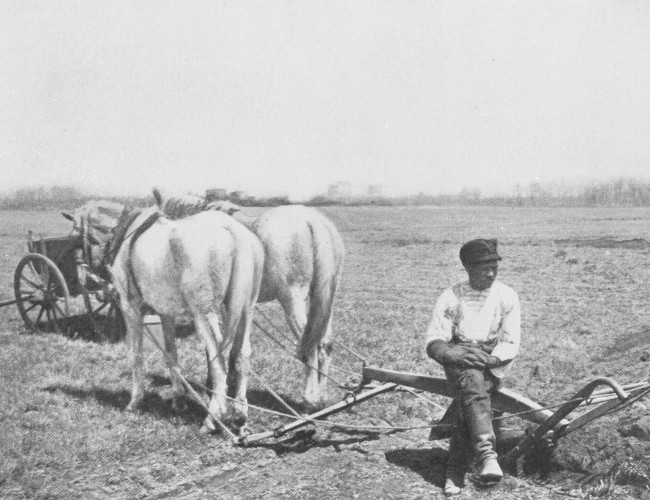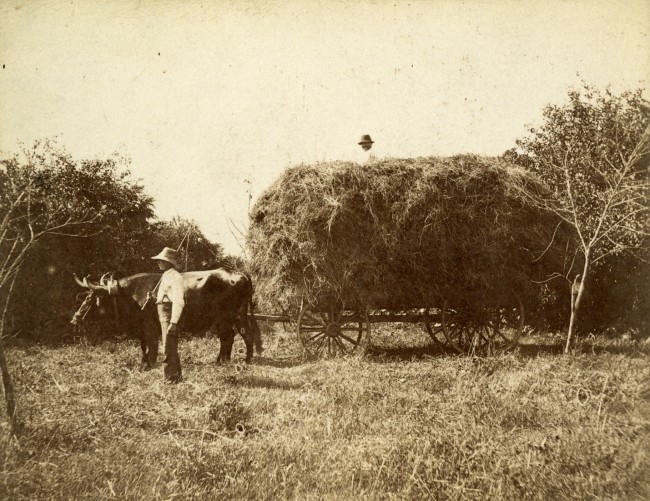“The head of every family in Flatbush, with few exceptions, was a farmer, until within the last thirty years. They cultivated their land in the most careful manner, and were among the best farmers in the State.”
– Gertrude Lefferts Vanderbilt, The Social History of Flatbush, 1881
For nearly 250 years after the first Dutch settlers arrived, Flatbush was a town of farms and farmers.
Many of the first Dutch settlers brought significant agricultural skills from the Netherlands. Leffert Pieterse, who arrived in Midwout in 1661, was no exception. By his death in 1704, he owned and oversaw farm operations on land across Kings County and beyond.
To be a “farmer” in eighteenth- and nineteenth-century Flatbush did not necessarily mean working the land yourself. Enslaved people were central to the growing affluence of Flatbush’s Dutch residents. In 1698, the colonial census recorded that Leffert Pieterse’s household included one man, one woman, nine children, and three slaves. After the New York legislature ended slavery in 1827, some African Americans continued to hold agricultural jobs. Wealthy farmers also relied on the labor of tenants, who lived on and tilled the extensive land holdings of families like the Leffertses. In fact, men like Peter Lefferts (1753-1791), Jacobus Lefferts (1757-1799), and John Lefferts (1785-1829) were often referred to as “farmers,” but they spent most of their lives as financiers or politicians, leaving the cultivation of land to others.
Flatbush farmers grew many different kinds of foodstuffs over time. Until the end of the eighteenth century, historian Gertrude Lefferts Vanderbilt wrote, the fields of Flatbush farmers “waved with the graceful growth of grain.” The small hamlet provided wheat, rye, oats, barley, corn, and other grains to the rapidly growing city of New York. Farmers would cart their goods several miles to the , where they would ferry their goods across the East River.
The opening of the Erie Canal in 1825 changed the farming strategies of Flatbush’s agricultural families. The canal allowed for the inexpensive and speedy transportation of grain from the expansive farmlands of the Midwest. Flatbush’s farmers adapted by cultivating that grew cabbages, turnips, potatoes, and other fruits and vegetables for the booming city across the river. Up until the end of the nineteenth century, Kings County was the second-largest largest provider of produce in the country, after Queens County.



